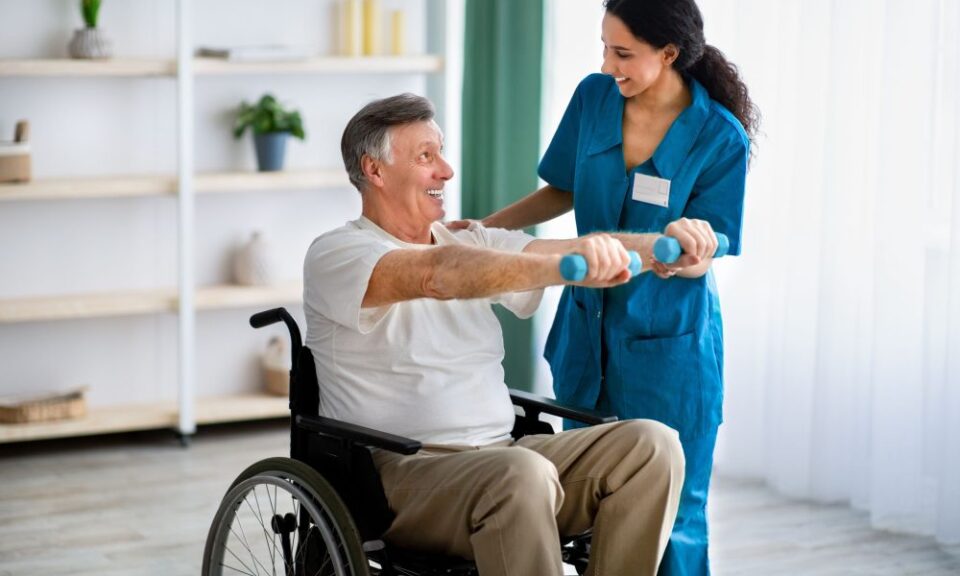When it comes to recovery, the advice to “just rest” is often considered a gold standard. While rest is undeniably important, it’s not the full picture when it comes to repairing and rejuvenating your body after physical exertion, stress, or injury. True recovery involves a more comprehensive approach that includes active recovery, proper nutrition, hydration, and targeted strategies to support your body’s repair mechanisms.
Here’s why rest alone doesn’t cut it and what you can do to recover smarter and faster.
Rest vs. Active Recovery
Rest typically means downtime with little to no movement. While this is necessary to some extent, too much static inactivity can actually delay the healing process. Over time, immobility may cause stiffness, loss of muscle mass, and even decreased circulation, all of which hinder your body’s ability to repair itself fully.
Active recovery is a low-intensity effort that keeps your body moving without placing significant strain on it. Activities such as light stretching, yoga, walking, or swimming help improve blood flow, which delivers nutrients and oxygen to muscle tissues that need repair. This enhanced circulation speeds up the removal of toxins and lactic acid, reducing soreness and facilitating healing.
For instance, instead of spending your “rest day” on the couch, consider a gentle yoga practice or an easy walk around your neighborhood. These movements loosen tight muscles, boost oxygen flow, and promote recovery without overstressing your body.

Nutrition as a Key Repair Tool
Recovery also hinges on what you eat. Rest alone won’t repair the micro-tears in your muscles or replenish the glycogen stores depleted during physical activity. Nutrition provides the building blocks your body needs for recovery.
Protein
Protein is essential for muscle repair. After intense exercise, your muscles undergo microscopic damage. Protein-rich foods like chicken, fish, eggs, or plant-based options like lentils and tofu supply amino acids that rebuild and strengthen muscles.
Carbohydrates
Many people underestimate the role of carbs in recovery. Your muscles rely on glycogen, a form of carbohydrate stored in the body, as a primary energy source. Replenishing these stores with wholesome carbs like sweet potatoes, quinoa, or whole grain bread is crucial after physical exertion.
Healthy Fats
Omega-3 fatty acids, found in foods like salmon, walnuts, and chia seeds, have anti-inflammatory properties that can aid in faster recovery.
To optimize repair, aim to eat a meal or snack within 45 minutes of finishing intense activity. Your body is most receptive to nutrients during this critical recovery window.
Hydration for Repair
Dehydration can seriously limit your ability to recover. Fluids are vital in transporting nutrients to the cells and removing waste products from your body. Even mild dehydration can lead to muscle cramps, fatigue, and delayed repair.
Sip water regularly throughout the day and pay attention to your sweat output, especially after exercise. For workouts that last longer than an hour or produce heavy sweating, consider adding electrolytes to your water. Electrolytes ensure your muscles have the sodium, potassium, and magnesium they need to work efficiently and recover properly.
Conclusion
Rest is necessary, but it’s only one piece of the recovery puzzle. Your body thrives on a balance of movement, proper nutrients, and hydration to repair and rebuild effectively. The next time you’re tempted to skip these steps and just crash on the couch, remember that active efforts toward recovery will leave you feeling stronger and better prepared for whatever challenges come next.

